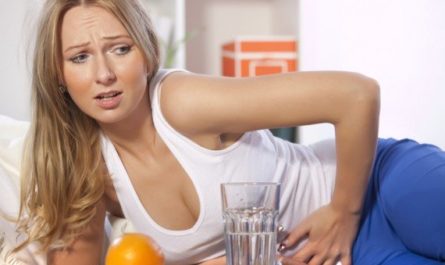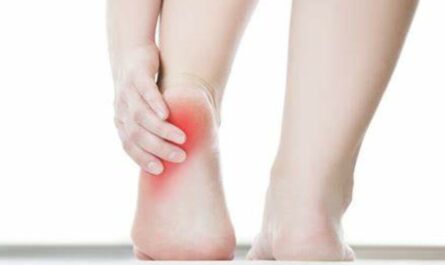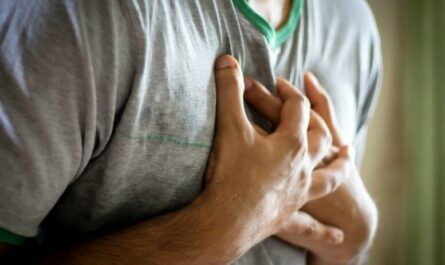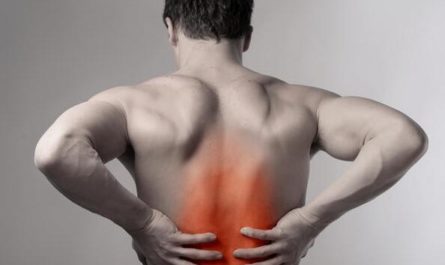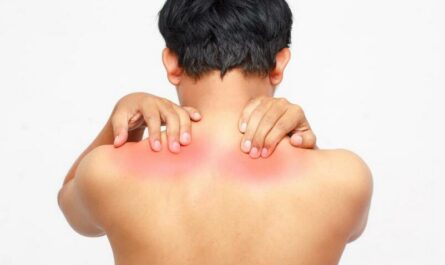Right-side abdominal pain is a common disease that could arise from various conditions. You may feel a sharp or dull ache between your lower chest and pelvis. Pain on the right side of your abdomen is usually caused by one of the organs, such as the appendix, intestine, liver, gallbladder, pancreas, or right kidney. In most cases, right-side abdominal pain is nothing to worry about as it could result from indigestion. This symptom usually doesn’t last long; you don’t need to worry about it. In other cases, pain in your right side abdomen can signal something more serious. This article discusses 16 common causes of right-side abdominal pain with treatment.
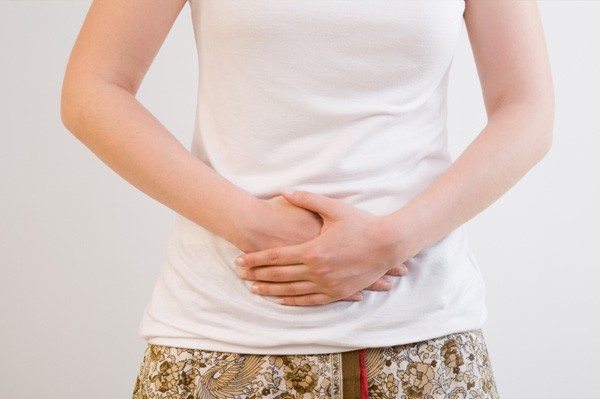
16 Common Causes of Right Side Abdominal Pain
1. Appendicitis
Appendicitis is a medical emergency that occurs when the appendix, a small pouch attached to the colon, becomes inflamed and filled with pus. It is one of the most common causes of right-side abdominal pain, particularly in children and young adults.
The classic symptom of appendicitis is sudden, severe pain that starts around the belly button and then moves to the lower right side of the abdomen. The pain may worsen with movement, coughing, or deep breaths. It may also be accompanied by nausea, vomiting, and loss of appetite.
As the inflammation progresses, the appendix can rupture, releasing bacteria and pus into the abdominal cavity. This can lead to a life-threatening condition called peritonitis.
Treatment for appendicitis typically involves surgical removal of the appendix, either through a traditional open incision. Antibiotics may also be given to help prevent infection.
2. Gallstones
Gallstones are hardened deposits of bile that can form in the gallbladder, a small organ located beneath the liver that stores and releases bile to aid in digestion. When gallstones block the ducts that carry bile from the gallbladder to the small intestine, it can cause a type of abdominal pain called biliary colic.
Biliary colic typically causes sudden, severe pain in the upper right abdomen that may radiate to the back or right shoulder. The pain often occurs after eating a fatty meal and can last for several hours before subsiding. Other symptoms may include nausea, vomiting, fever, and chills.
In some cases, gallstones can cause more serious complications, such as inflammation of the gallbladder, pancreatitis, or choledocholithiasis. These conditions may require hospitalization and more aggressive treatment.
Treatment for gallstones depends on the severity of symptoms and the presence of complications. Small gallstones that don’t cause symptoms may not require treatment. Larger or symptomatic stones may need to be removed surgically or dissolved with medication.
3. Kidney Stones
Kidney stones are small, hard deposits of minerals and salts that can form in the kidneys and cause severe pain as they pass through the urinary tract. The pain typically starts in the lower back or side and may radiate to the lower abdomen and groin as the stone moves down the ureter.
The pain of kidney stones can be excruciating and may come in waves as the stone moves. Other symptoms may include pink, red, or brown urine, burning during urination, and nausea and vomiting. Risk factors for kidney stones include dehydration, certain dietary habits, obesity, and certain medical conditions.
Treatment for kidney stones depends on their size and location. Small stones may be able to pass on their own with the help of pain medication and plenty of fluids. Larger stones may require more invasive treatments, such as ureteroscopy, or percutaneous nephrolithotomy (PCNL).
4. Inflammatory Bowel Disease (IBD)
Inflammatory bowel disease (IBD) is a group of disorders that cause chronic inflammation and damage to the digestive tract. The two main types of IBD are Crohn’s disease. This can affect any part of the digestive tract from the mouth to the anus, and ulcerative colitis.
IBD can cause a range of symptoms, including abdominal pain and cramping, diarrhea, fatigue, weight loss, and fever. The symptoms may come and go in cycles of remission and flare-ups.
The exact cause of IBD is unknown, but it is thought to involve a combination of genetic, environmental, and immune system factors. Treatment typically involves a combination of anti-inflammatory drugs, immune system suppressors, antibiotics, and lifestyle changes.
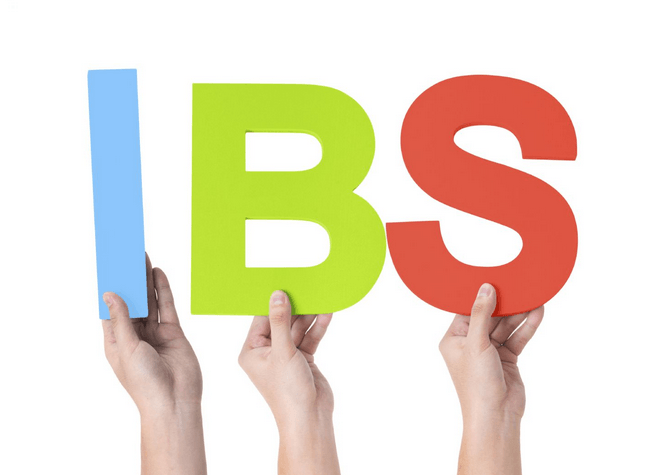
5. Irritable Bowel Syndrome (IBS)
Irritable bowel syndrome (IBS) is a common disorder that affects the large intestine. This can cause a range of digestive symptoms, including abdominal pain and cramping, bloating, gas, diarrhea, and constipation.
The pain of IBS is often described as a crampy sensation that may be relieved by a bowel movement. It may be accompanied by a change in the frequency or consistency of stools, as well as mucus in the stool.
The exact cause of IBS is not well understood, but it is thought to involve a combination of factors, including abnormal gut motility, increased sensitivity to pain, and changes in the gut microbiome. Stress, certain foods, and hormonal changes may also play a role in triggering symptoms.
Treatment for IBS typically involves a combination of lifestyle changes (such as dietary modifications, stress reduction, and regular exercise), as well as medications to relieve symptoms (such as antispasmodics, antidepressants, and laxatives or anti-diarrheal agents).
6. Gastroenteritis
Gastroenteritis, also known as the “stomach flu,” is an inflammation of the stomach and intestines. This can cause a range of digestive symptoms, including abdominal pain and cramping, nausea, vomiting, and diarrhea.
The most common cause of gastroenteritis is a viral infection, such as norovirus or rotavirus. Bacterial infections, such as Salmonella or E. coli, can also cause gastroenteritis, as can parasitic infections like Giardia.
Symptoms of gastroenteritis typically develop within a few days of exposure to the infectious agent. It may last for several days to a week. In addition to digestive symptoms, people with gastroenteritis may also experience fever, headache, and body aches.
Treatment for gastroenteritis typically involves rest, hydration, and a gradual return to a normal diet as tolerated. In severe cases, hospitalization may be necessary to prevent dehydration and provide supportive care.
7. Diverticulitis
Diverticulitis is a condition that occurs when small, bulging pouches (diverticula) that form in the lining of the colon become inflamed or infected. It is more common in older adults and is thought to be related to a low-fiber diet and other lifestyle factors.
The most common symptom of diverticulitis is abdominal pain, typically in the lower left side. That may be accompanied by fever, nausea, vomiting, and changes in bowel habits.
In some cases, diverticulitis can lead to complications such as abscesses, perforations, or fistulas. These complications may require more aggressive treatment, such as antibiotics, drainage procedures, or surgery.
Treatment for uncomplicated diverticulitis typically involves rest, a liquid or low-fiber diet, and antibiotics to clear the infection. Once the acute episode has resolved, a high-fiber diet and regular exercise may help prevent future episodes.
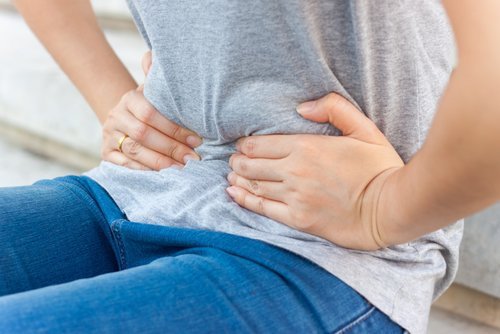
8. Hernia
A hernia occurs when an internal organ or tissue protrudes through a weak spot in the surrounding muscle or connective tissue. Hernias can occur in various locations. The most common types are inguinal (groin), umbilical (belly button), and incisional.
Hernias can cause a noticeable bulge or lump in the affected area, as well as pain or discomfort that may worsen with activity or strain. In some cases, the hernia may be reducible, meaning it can be gently pushed back into place. In others it may become incarcerated or strangulated, cutting off the blood supply to the trapped tissue.
Risk factors for hernias include obesity, pregnancy, chronic cough, constipation, and heavy lifting. Treatment typically involves surgical repair to reinforce the weakened area and prevent complications.
9. Ovarian Cyst
An ovarian cyst is a fluid-filled sac that develops on or within an ovary. Most ovarian cysts are benign and cause no symptoms. But larger cysts can cause pelvic pain and pressure, often on one side of the lower abdomen.
Other symptoms of an ovarian cyst may include bloating, swelling, or a feeling of fullness in the abdomen, as well as pain during sex or irregular menstrual periods. In rare cases, a cyst may rupture or twist, causing severe pain and requiring immediate medical attention.
Risk factors for ovarian cysts include hormonal imbalances, endometriosis, and a history of ovarian cancer. Treatment depends on the size and type of cyst, as well as the severity of symptoms. It may include watchful waiting, hormonal birth control pills, or surgical removal.
10. Ectopic Pregnancy
An ectopic pregnancy occurs when a fertilized egg implants and grows outside the uterus, most commonly in a fallopian tube. It is a potentially life-threatening condition that requires prompt medical attention.
Symptoms of an ectopic pregnancy may include severe abdominal pain, shoulder pain, vaginal bleeding, and lightheadedness or fainting. As the pregnancy progresses, it can cause the fallopian tube to rupture, leading to internal bleeding and shock.
Risk factors for ectopic pregnancy include previous ectopic pregnancy, pelvic inflammatory disease, endometriosis, and tubal ligation surgery. Treatment typically involves medication to stop the growth of the embryo, or surgery.
11. Pelvic Inflammatory Disease (PID)
Pelvic inflammatory disease (PID) is an infection of the female reproductive organs, most commonly caused by sexually transmitted bacteria such as chlamydia or gonorrhea. It can cause a range of symptoms, including lower abdominal pain, fever, unusual vaginal discharge, and painful urination or intercourse.
If left untreated, PID can lead to serious complications such as infertility, ectopic pregnancy, and chronic pelvic pain. Risk factors include multiple sexual partners, douching, and a history of sexually transmitted infections.
Treatment for PID typically involves a course of antibiotics to clear the infection and prevent complications. In severe cases, hospitalization may be necessary for intravenous antibiotics and monitoring.
12. Urinary Tract Infection (UTI)
A urinary tract infection (UTI) occurs when bacteria enter the urinary system and multiply, causing inflammation and irritation. UTIs can affect any part of the urinary tract, including the kidneys, ureters, bladder, and urethra.
Symptoms of a UTI may include a strong, persistent urge to urinate, passing frequent, small amounts of urine, and pelvic pain. The urine may also appear cloudy, dark, or bloody, and have a strong odor.
Risk factors for UTIs include female anatomy (shorter urethra), sexual activity, and use of spermicides or diaphragms. Treatment typically involves a course of antibiotics to clear the infection and prevent complications such as kidney damage.
13. Constipation
Constipation is a common digestive complaint that occurs when bowel movements become infrequent or difficult to pass. It can cause abdominal pain and discomfort, bloating, and a feeling of incomplete evacuation.
Causes of constipation may include a low-fiber diet, dehydration, lack of physical activity, certain medications, and underlying medical conditions.
Treatment for constipation typically involves lifestyle changes such as increasing fiber and fluid intake, regular exercise, and establishing a regular toilet routine. In some cases, over-the-counter laxatives or stool softeners may be recommended to help relieve symptoms.

14. Food Poisoning
Food poisoning occurs when you consume food or water contaminated with harmful bacteria, viruses, or parasites. It can cause a range of digestive symptoms, including abdominal pain and cramping, nausea, vomiting, and diarrhea.
Symptoms of food poisoning typically develop within a few hours to a few days after consuming the contaminated food and may last for several days. In severe cases, food poisoning can lead to dehydration, electrolyte imbalances, and other complications.
To prevent food poisoning, it’s important to practice good food safety habits. Treatment typically involves rest, hydration, and a gradual return to a normal diet as tolerated.
15. Abdominal Muscle Strain
An abdominal muscle strain occurs when the muscles in the abdomen are stretched or torn, often due to sudden movements, heavy lifting, or direct trauma. It can cause sharp pain and tenderness in the affected area, as well as swelling, bruising, and difficulty moving or using the affected muscle.
Risk factors for abdominal muscle strains include poor conditioning, inadequate warm-up before exercise, and overexertion. Treatment typically involves rest, ice, compression, and elevation (RICE) to reduce pain and inflammation, as well as over-the-counter pain.
In severe cases, an abdominal muscle strain may require medical attention to rule out more serious conditions such as a hernia or internal organ damage. Physical therapy may also be recommended to help strengthen the affected muscles and prevent future injuries.
16. Gas and Bloating
Gas and bloating are common digestive complaints that can cause abdominal pain and discomfort, often in the lower abdomen. They occur when air or gas builds up in the digestive tract. It is often due to swallowing air, eating gas-producing foods, or having an underlying digestive condition.
Other symptoms of gas and bloating may include belching, flatulence, and a feeling of fullness or pressure in the abdomen. In some cases, the pain may be relieved by passing gas or having a bowel movement.
Treatment for gas and bloating typically involves making dietary changes to avoid trigger foods and eating smaller, more frequent meals. Over-the-counter digestive enzymes and probiotics may also be helpful in some cases.
If gas and bloating are persistent or severe, it’s important to see a healthcare provider to rule out underlying conditions.
When should you See the Doctor?
If your abdominal pain goes away on its own and does not return may not require medical attention. However, consult your doctor if you are experiencing severe abdominal pain or if it persists. Abdominal pain is never normal, so notify your doctor of your symptoms.
Certain “red flags” indicate that you should seek medical attention. Keep an eye out for the following serious symptoms:
- Fever
- Pain is severe or worsening
- Diarrhea
- Nausea or vomiting
- Vomiting blood
- Severe tenderness of the abdomen
- Constipation that lasts more than three days
- Blood in your stool
- Jaundice
- Pain with swelling of the abdomen
- Pain with vaginal discharge or bleeding

